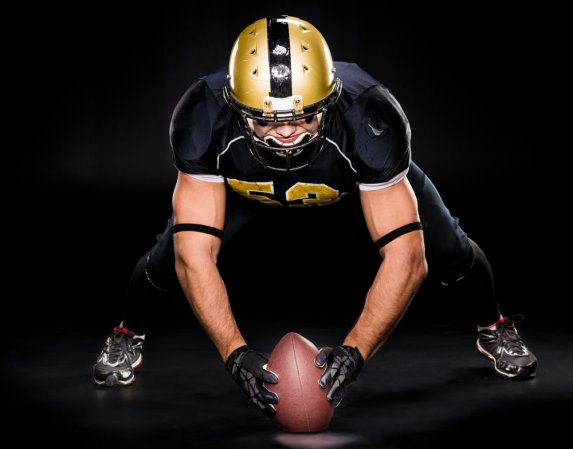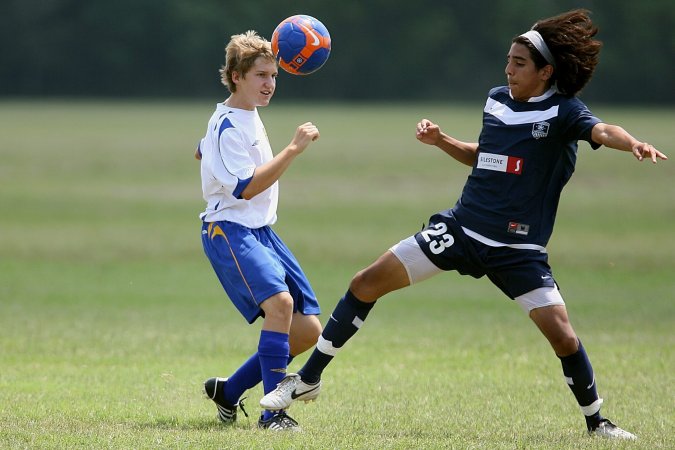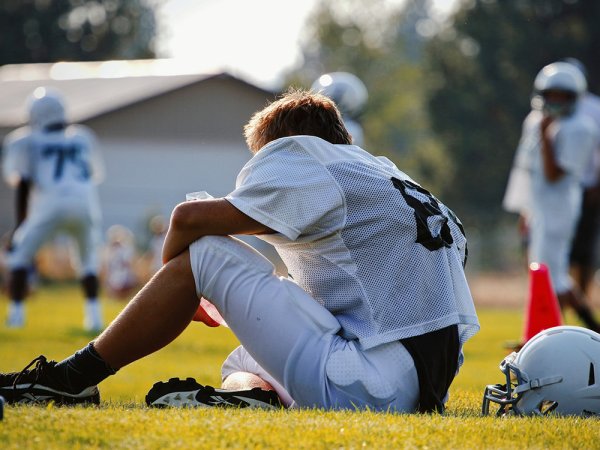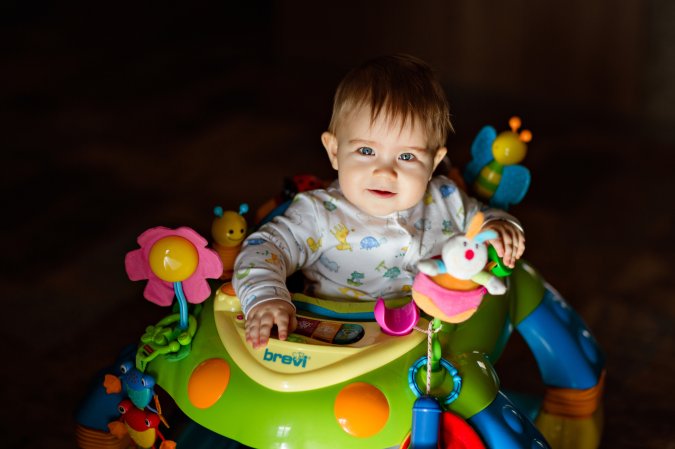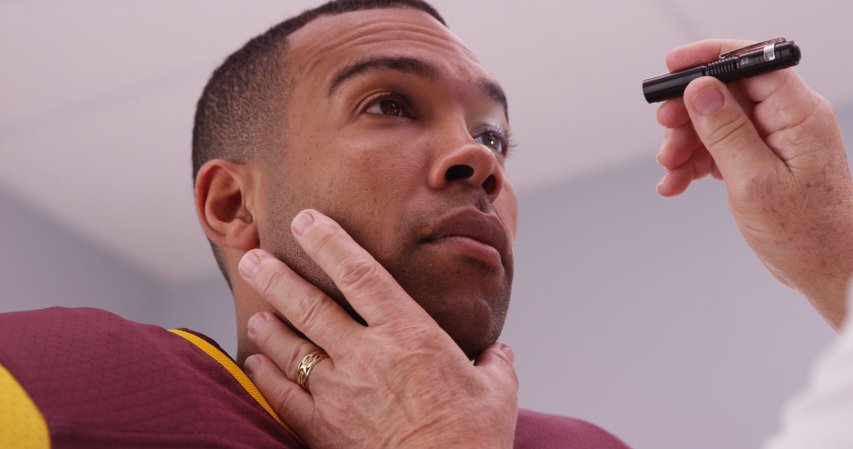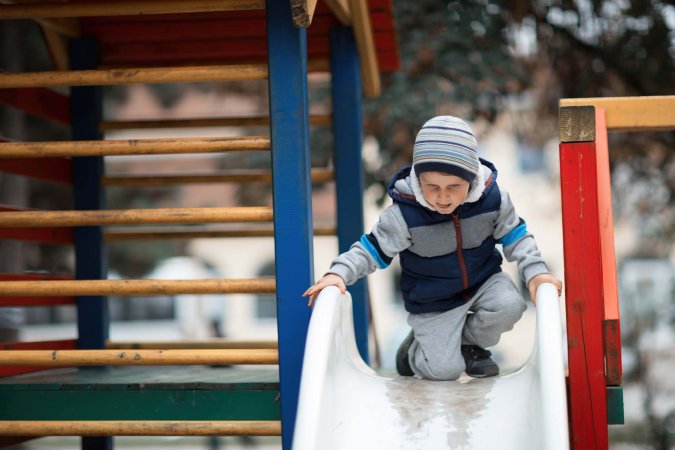


Beds are supposed to keep you safe and warm, but they’re the leading cause of traumatic brain injury for kids under the age of one. Maybe that’s not surprising—most babies spend a lot of time in their cribs. But if we want to keep kids safe (and we do), it’s important to know exactly what products are most likely to harm them.
Enter: the National Electronic Injury Surveillance System. NEISS is a massive database of hospitalizations and ER visits that shows what exactly is injuring people. Researchers at the Pacific Institute for Research and Evaluation decided to search NEISS for every emergency department visit for a traumatic brain injury, or TBI, in kids up through age 19. They investigated 4.1 million visits that occurred between 2010 and 2013 in the hopes of cutting down on some of those unpleasant trips. Their results were recently published in the journal Brain Injury.
But of course, babies and 15-year-olds aren’t going to have the same kinds of injuries from the same kinds of activities. Take this chart for instance:

You can see that, no matter the age, internal organ injuries are the most common outcome. That includes essentially everything that’s not a full concussion or some kind of external injury like a cut. Concussions, of course, fall in their own category and fractures are the third one. As kids get older, they can get hit harder—most babies aren’t playing contact sports—and so the number of concussions increases.
Similarly, the sources of those injuries don’t stay the same as kids age.

Babies get hurt around the house—no surprises there. Home furnishings are the top cause of injury, followed by the house itself, and then nursery equipment. But those numbers drop to make room for other things. Once kids reach the age where they’re running around, playing games, and participating in sports, they’re much more likely to get hurt doing those physical activities than they are just sitting in their rooms. And by the time they’re teenagers, they’re mostly not getting injured with any particular product, thus the rise of the “no product involved” category.
To cover that black box of an area, you have to look at the actual activity kids and teens are partaking in.
That graph shows the top-10 causes of injury for every age group. Beds top out the list for infants, but quickly become a minor player as kids start moving around the house. Floors, sofas, and the dreaded stairs all become much more hazardous. Playgrounds, despite parental fears, aren’t a major cause of injury. Bikes are significantly more risky, as is basically every sport a kid might participate in, from soccer to baseball (and, of course, football).
Though kids don’t have to play contact sports, especially those with a particularly high risk of head injury like football, it’s important to remember that no childhood is risk-free. Parents can and should minimize danger where they can—like putting guards at the top of stairs to keep toddlers from tumbling, getting helmets for young bike riders, and installing car seats properly. But accidents happen. Kids bounce on beds and roughhouse on the playground. We should do what we can to prevent serious injury, but also remember that bumps and bruises are an inevitability. Avoiding the worst of them is what really matters.
